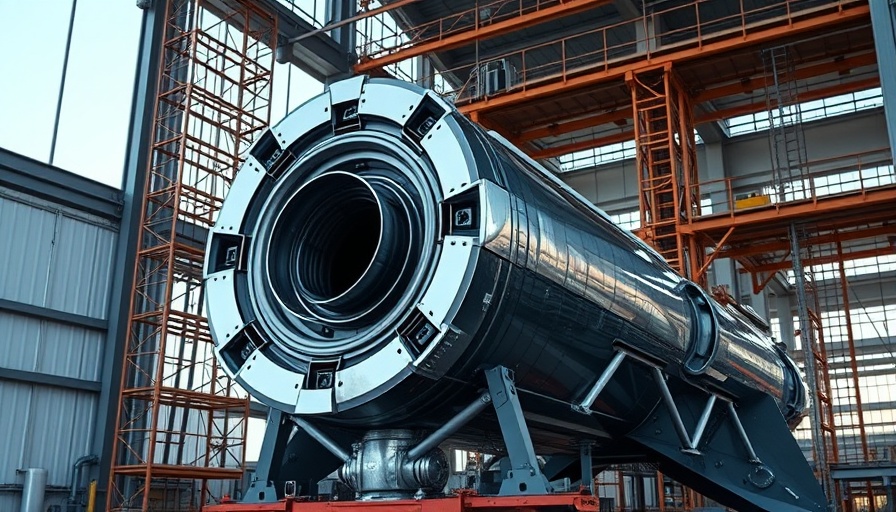
Haven-1: The Dawn of Commercial Space Stations
Vast Space is positioning itself at the forefront of a new era in human spaceflight with its ambitious plans for the Haven-1 space station. Aiming for a launch in May 2026, the milestone marks a pivotal moment in the rapidly evolving landscape of commercial space travel. This significant step follows the recent completion of a critical structural integrity test at the company's Mojave facility, which could pave the way for the first commercial space station to enter low-Earth orbit.
Key Milestones and Technical Achievements
Achieving structural integrity is crucial for any spacecraft, and Vast's Haven-1 has successfully passed intense pressure tests, exceeding NASA's qualifications for crew-rated modules. Utilizing dry nitrogen in a dual test sequence, the module demonstrated an exceptional leak rate, which is encouraging for both safety and reliability. As three years pass since the inception of this project, the pressure is on the team at Vast to maintain this momentum.
Commercial Demand: A Growing Need for LEO Stations
The commercial space sector is rapidly expanding, especially as the International Space Station (ISS) nears the end of its operational life around 2030. With several contenders such as Northrop Grumman and Axiom Space vying for a slice of this emerging market, NASA's push for commercial Low Earth Orbit (LEO) destinations has never been more critical. Amid this backdrop, Vast's plans for Haven-1 not only represent an opportunity for innovation but also a potential solution to a looming logistical problem in human space exploration.
The Race for NASA's Commercial LEO Destination Contract
Vast Space's timeline to launch Haven-1 is strategically significant as the company aims to secure NASA’s Commercial LEO Destination contract. Winning this contract would not only validate Vast's technological capabilities but also position it as a leader in the burgeoning market of commercial space travel. They are competing against established aerospace giants, each with their own vision of future space endeavors.
Future Space Exploration: Opportunities and Challenges
The prospects for Haven-1 stretch far beyond just being another spacecraft; this mission represents a shift in how humanity approaches life in orbit. If leveraged correctly, commercial space stations could facilitate new scientific research channels and ignite partnerships across various sectors. However, challenges remain—logistical hurdles, financial viability, and the need for rigorous regulatory compliance must all be navigated carefully.
Conclusion: A New Chapter in Space Exploration
As Vast Space prepares to launch its Haven-1 space station, the excitement in the aerospace community burgeons. The success of this initiative could inspire further advancements and pave the way for additional commercial endeavors in space, fundamentally changing our relationship with outer space. With private companies increasingly stepping into the domain once dominated by national agencies, the landscape of space exploration is poised for a remarkable transformation.
 Add Row
Add Row  Add
Add 




Write A Comment